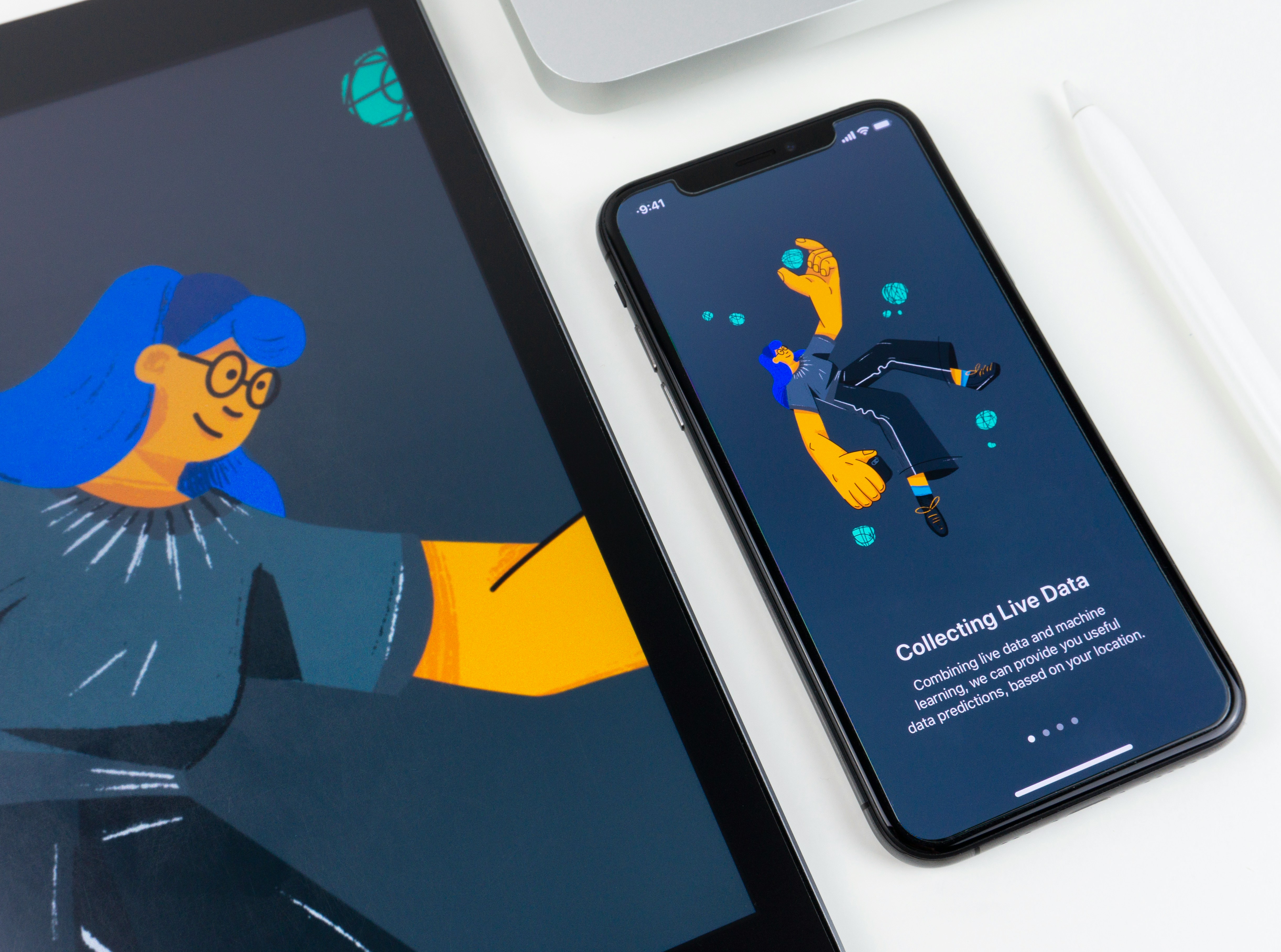Feb 13, 2025
6 min read
Web Design Trends to Watch in 2025
Discover the latest web design trends shaping 2025, from AI-driven design to immersive experiences, and how they can elevate your brand’s online presence.
Web design is constantly evolving, and as technology advances, so do the expectations of users. In 2025, we’re seeing a shift towards more immersive, intelligent, and user-focused experiences. From AI-driven design to hyper-personalization, staying ahead of these trends is essential for businesses looking to create engaging digital experiences.
Let’s explore the top web design trends shaping the future and how they can enhance your online presence.
1. AI-Driven Web Design & Automation
AI is revolutionizing web design by automating tedious tasks and enhancing creativity. In 2025, AI tools are helping designers generate layouts, optimize UX, and even write code. AI-powered design assistants like Adobe Sensei and Framer AI are making the design process faster while maintaining a high level of customization.
How This Impacts You:
Faster and more efficient website creation
Data-driven design decisions
Personalized user experiences based on real-time behavior
2. Voice & Conversational UI
With the rise of voice search and smart assistants, websites are adapting to more conversational interfaces. Voice User Interfaces (VUIs) are becoming a key feature, allowing users to navigate websites using voice commands.
Why It Matters:
Improved accessibility for all users
Seamless interactions without relying solely on text or visuals
Higher engagement for mobile users
How to Implement:
Optimize for voice search with natural language SEO
Use chatbots and AI assistants for real-time support
Ensure mobile-friendly voice navigation
3. Hyper-Personalization & Dynamic Content
In 2025, static websites are becoming obsolete. Dynamic content adapts to each visitor, creating a more personalized browsing experience. AI-driven recommendations, geo-based customization, and behavioral tracking allow websites to serve content tailored to each user.
Benefits:
Higher user engagement and retention
Increased conversion rates
More relevant user experiences
Examples:
Personalized product recommendations in e-commerce
Location-based landing pages
AI-powered chatbots offering tailored assistance
4. Immersive & 3D Experiences
With advancements in WebGL and interactive design, websites are becoming more immersive. From 3D elements to parallax scrolling and augmented reality (AR), modern sites are engaging users in new and exciting ways.
How This is Changing Web Design:
Interactive product showcases for e-commerce
Virtual tours for real estate and tourism websites
Enhanced storytelling through 3D graphics
How to Use It:
Incorporate subtle 3D elements to improve aesthetics
Use motion effects to guide user attention
Implement AR features for interactive shopping experiences
5. Dark Mode & Adaptive UI
Dark mode has gained massive popularity, and in 2025, adaptive UI design is taking it a step further. Websites now dynamically adjust color schemes based on user preferences, time of day, or device settings.
Why It’s Important:
Reduces eye strain for users
Enhances battery life on OLED screens
Provides a sleek and modern aesthetic
Best Practices:
Offer a toggle between light and dark mode
Ensure readability and contrast in dark mode
Use soft animations for smooth transitions
6. Zero UI & Gesture-Based Navigation
With the growth of touchless technology, websites are integrating gesture-based interactions. Users can now navigate using hand gestures, facial recognition, and motion tracking.
How It’s Changing User Experience:
More intuitive navigation for touchscreen and VR devices
Enhanced accessibility for users with disabilities
Reduced need for excessive buttons and menus
Implementation Examples:
Gesture-based scrolling and swiping
Facial recognition for login authentication
Hand-tracking features in AR and VR applications
7. Sustainability & Eco-Friendly Web Design
As digital sustainability becomes a priority, websites are being designed with lower energy consumption in mind. Lightweight frameworks, optimized images, and green hosting solutions are reducing the carbon footprint of websites.
Why It’s Important:
Supports environmental responsibility
Improves website performance and load speeds
Aligns with consumer demand for sustainable practices
Ways to Make Your Website Eco-Friendly:
Use energy-efficient hosting providers
Optimize website performance to reduce energy consumption
Minimize unnecessary animations and scripts
Conclusion
Web design in 2025 is all about creating smarter, more immersive, and user-friendly experiences. Whether through AI-driven design, hyper-personalization, or sustainable practices, the future is shaping up to be more innovative than ever.
As technology evolves, staying ahead of these trends will ensure your website remains relevant and engaging. If you’re ready to future-proof your website, now is the time to embrace these cutting-edge design trends.
Is your website ready for 2025? Let’s create something future-proof together!



